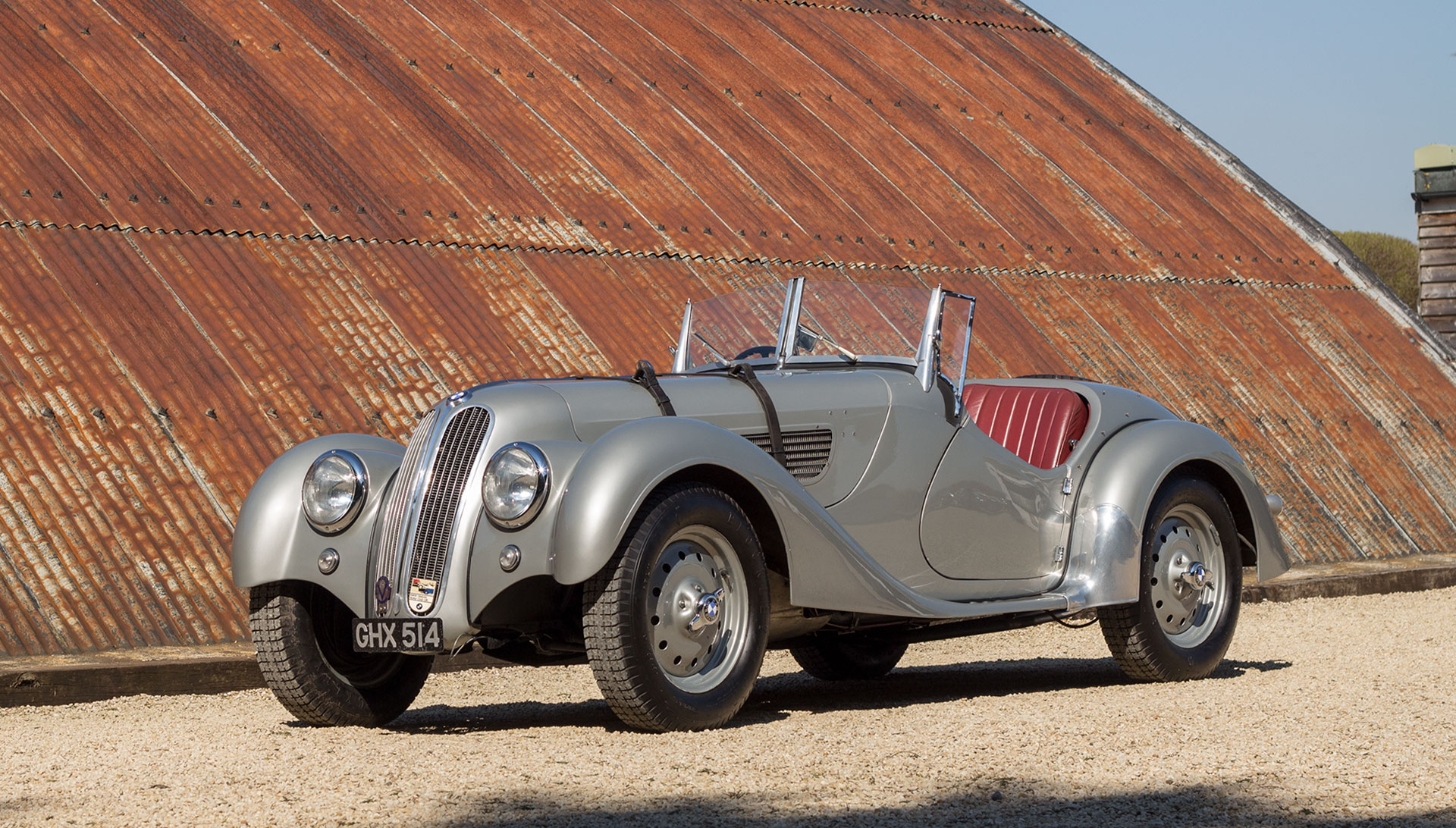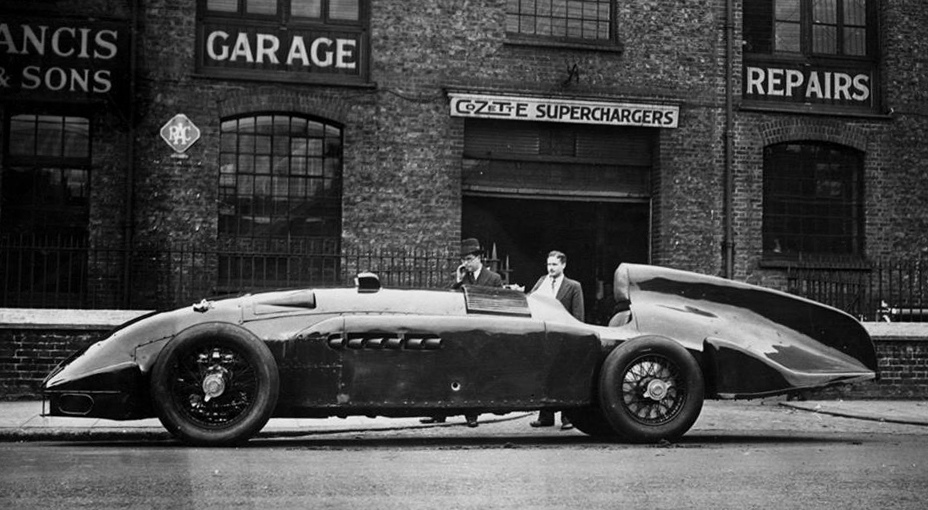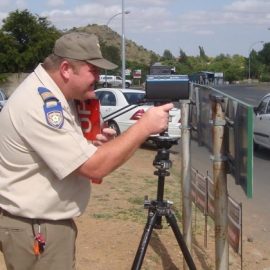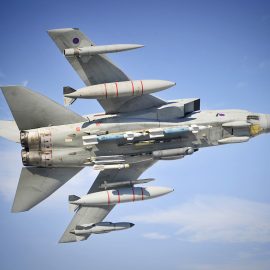
03 May Rear-view Mirror
A regular look back at old motoring and motor sport items…
BEEMER 328 QUERY
The FMM newsletter is proving to be a useful medium for solving old motoring matters. The latest query involves a BMW 328 that was thought to have participated in local motor races between 1937 and 1955. However, depending on where the car was originally sold, it could have been a Frazer Nash-BMW because Frazer Nash was the UK concessionaire for BMW and cars sold by the company were re-badged. Initial research has drawn a blank on the BMW name but Bobby Bothner finished fifth in a Frazer Nash-BMW in the final of the Grand Challenge Handicap meeting a the Lord Howe circuit on 1 January 1940, and O G Davies won his class in a Frazer-Nash-BMW in the Camps Bay Hillclimb on the 20 April 1940. Was it the same car? Arthur Pillman, who resided in Botrivier at the time, is believed to have been involved with the car but that is all that is known. Does anyone have any other recollections of these cars racing in SA just before/after the war years and, cherry on the top, what happened to the car(s)? Any thoughts or information will be most welcome. Answers to the FMM website, please.

100 MILES IN THE HOUR
When it comes to performance, we are all aware of the ‘magic ton’ – 100 miles per hour (160,934 km/h) – a top speed that many vehicles today are capable of. But 100 years ago this was a fantasy figure, yet there were a few determined motorists that set out to not simply beat this figure, but to actually beat the figure for a full 60 minutes – 100 miles in an hour. In an article in December 1955 MotorSport magazine, the early achievers were listed as follows:
. mp/h km/h
1913 Lambert Talbot 103,84 167,11
1913 Goux Peugeot 106,22 170,94
1913 Chassagne Sunbeam 107,95 173,72
1924 Thomas Leyland-Thomas 109,09 175,56
1925 Thomas Leyland-Thomas 110,69 178,13
1925 Ortmans Panhard-Levassor 115,14 185,29
1925 Ortmans Panhard-Levassor 120,24 193,50
1926 Thomas Leyland-Thomas 121,74 195,92
1926 Eldridge Miller 126,59 203,72
1927 Marchand Voison 128,35 206,55
1932 Eyston Panhard-Levassor 130,73 210,38
1933 Czaykowski Bugatti 132,87 213,83
1934 Eyston Panhard-Levassor 133,01 214,05
1934 Stuck Auto Union 134,90 217,10
1935 Jenkins Duesenberg 143,43 230,82
1935 Cobb Napier-Railton 152,12 244,81
1935 Jenkins Duesenberg 152,15 244,86
1935 Eyston Speed of the Wind* 159,30 256,36
1936 Eyston Speed of the Wind* 162,53 261,56
1936 Cobb Napier-Railton 167,69 269,87
1936 Jenkins Mormon Meteor 171,00 275,19
1937 Jenkins Mormon Meteor 177,05 284,93
1950 Jenkins Mormon Meteor 190,68 306,86
*Speed of the Wind was a large, streamlined car built by Eyston and Eldridge powered by a Rolls-Royce V12.
The steady increases are fascinating and it is obvious that along the way a few close rivalries existed in the aim of being the ‘fastest man in the hour’. There was a big jump in 1925 and again in 1935. Jenkins’ post-war run at over 190 mph/306 km/h is also remarkable.

JET SPEED
Looking through old motor club magazines often throw up some ‘off the wall’ stories, some factual, others amusing. This story came from a photocopy of a page from such a periodical but sadly there is no indication of which magazine, so when this incident occurred is unknown.
“Two British traffic patrol officers from North Berwick, east of Edinburgh, Scotland, were involved in an unusual incident while checking for speeding motorists on the A1 Great North Road. One of the officers used a hand-held radar device to check the speed of a vehicle approaching over the crest of a hill, and was surprised when the speed was recorded at over 300 mph (480 km/h). The machine stopped working and the officers were not able to reset it. The radar had, in fact, locked onto a NATO Tornado fighter jet over the North Sea, which was engaged in a low-flying exercise over the Borders district.
“Back at police HQ, the chief constable fired off a stiff complaint to the RAF Liaison Office. Back came the reply in true laconic RAF style. ‘Thank you for your message, which allows us to complete the file on this incident. You may be interested to know that the tactical computer in the Tornado had automatically locked-on to your ‘hostile radar equipment’ and sent a jamming signal back to it. Furthermore, the Sidewinder air-to-ground missiles aboard the fully-armed aircraft had also locked-on to the target. Fortunately, the Dutch pilot flying the Tornado responded to the missile status alert intelligently and was able to override the automatic protection system before the missile was launched.”
Puts a new twist on the ‘speed camera ahead’ warning signs…
(NB: No copyright infringement is intended with any of the images used to illustrate these articles.)





